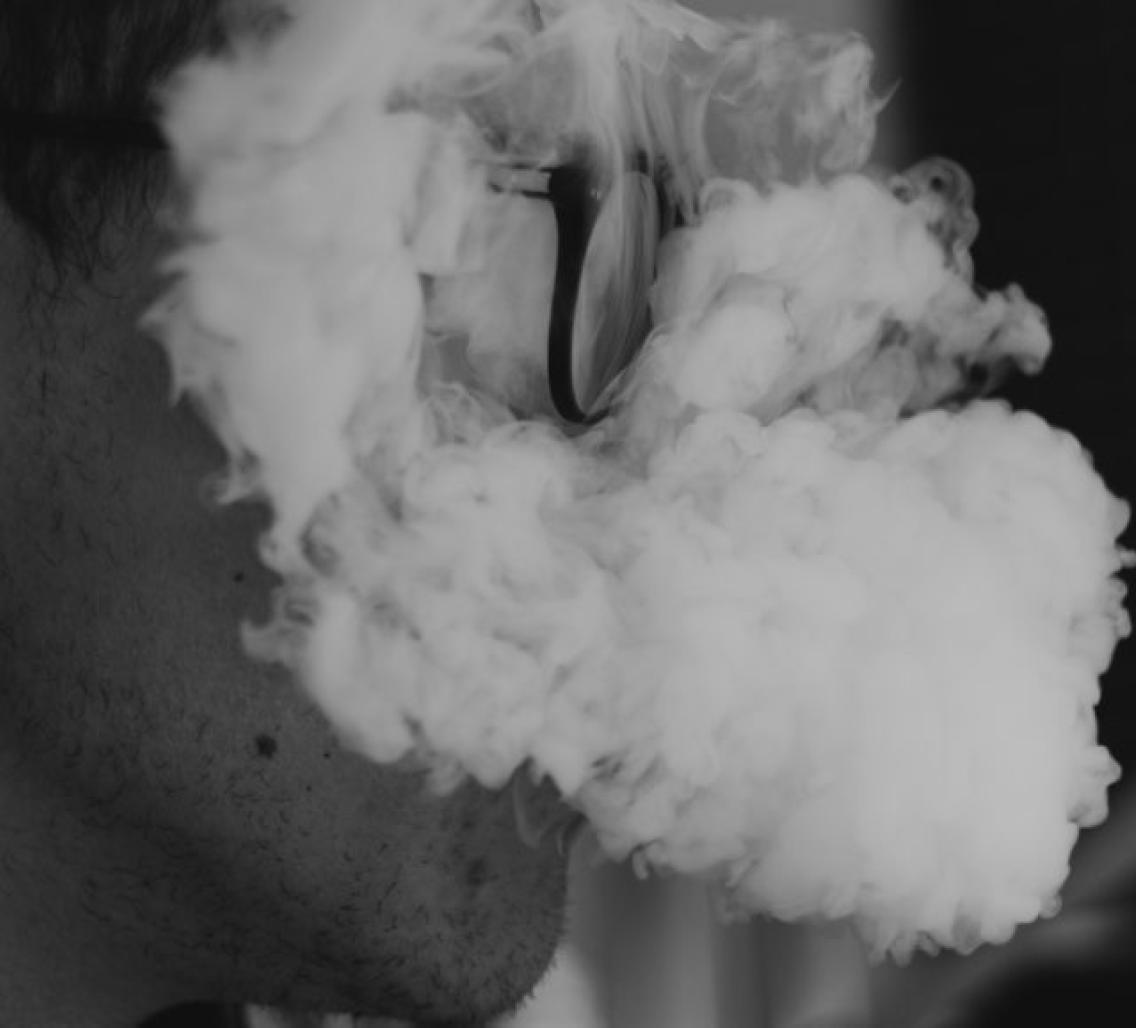Stealth vaping fad hidden from parents, teachers

By Tracie White
If you haven’t heard of JUUL and you’re an adult, you’re not alone.
JUUL is the most popular "stealth" vaping device and is a huge fad, particularly among teenagers. Stealth e-cigarettes are clever vapor devices disguised as USB sticks, mobile phones, car fobs, remote controls, and even asthma inhalers to hide their use from parents and teachers, said Robert Jackler, MD, founder of the research team Stanford Research into the Impact of Tobacco Advertising.
"Some are even hidden inside the drawstring of a hoodie or tucked into the pouch of a backpack," he added.
This fad has helped fuel an epidemic of kids getting hooked on the nicotine in e-cigarettes, according to a Stanford study published in BMJ Tobacco Control. Jackler is the senior author of the study.
"Many of these devices could sit on a teen’s bedside table and a parent wouldn’t know what it is," said Jackler, professor of otolaryngology-head and neck surgery, who added that the nicotine in vaping is exceptionally high and potently addictive. "Student vaping has become rampant in school bathrooms, stairwells, and even during class."
Last week, the U.S. Food and Drug Administration announced steps to curb the “epidemic” of youth electronic cigarette estimated at more than 2 million by putting makers of the most popular devices led by JUUL — by far the largest vaping brand — on notice that they have just 60 days to prove they can keep their devices away from minors. The FDA followed up this week by launching a public health campaign against youth vaping targeting middle and high schoolers with plans to place 10,000 anti-vaping ads in school bathrooms and on websites.
"Let me be clear that nicotine isn’t a benign substance," said FDA commissioner Scott Gottlieb, MD, said in the statement. "This is especially true when it comes to children, and the effects that nicotine has on a developing brain."
The Stanford researchers conducted an online search between March and June of 2018 of "stealthy vapor devices." The results were astounding.
"Stealth vaping has gone viral over the Internet — just look at the YouTube video counts," Jackler said. Researchers found 18,200 videos on "stealth vaping" on YouTube, many created by school-aged teens. A search of "JUUL" on YouTube yielded 148,000 videos with 57 of those getting more than 100,000 views. Searches on "JUUL at school" found 15,500; "JUUL in class," 6,840; "hiding JUUL in school," 2,030; and "JUUL in the school bathroom," 1,040.
Further online research found videos showing students how to hide a JUUL inside a Sharpie and illustrating various ways to blow the exhaled plume down the front of the shirt or into a backpack to hide it from teachers.
"High schools around America are trying to stem the tide by placing vapor detectors in school bathrooms and even going so far as to remove their bathroom doors," Jackler said.
Much of the marketing for these devices is relegated to social media particularly accounts such as Instagram which are popular with young people, said Divya Ramamurthi, lead author of the study.
"There’s been a lot of exposure through social media," Ramamurthi said. "JUUL had the ability to restrict who sees this to those over 21. They didn’t do that until a few months ago."
The use of kid-friendly flavors has also been a factor in drawing in the under-age market for vaping, the researchers said. The FDA has threatened to block the use of flavors such as mango or crème brulee. But, it seems, the fad of stealth vaping has continued uncontrolled. It’s time for that to change, Jackler said
"It’s hiding in plain sight," he said.